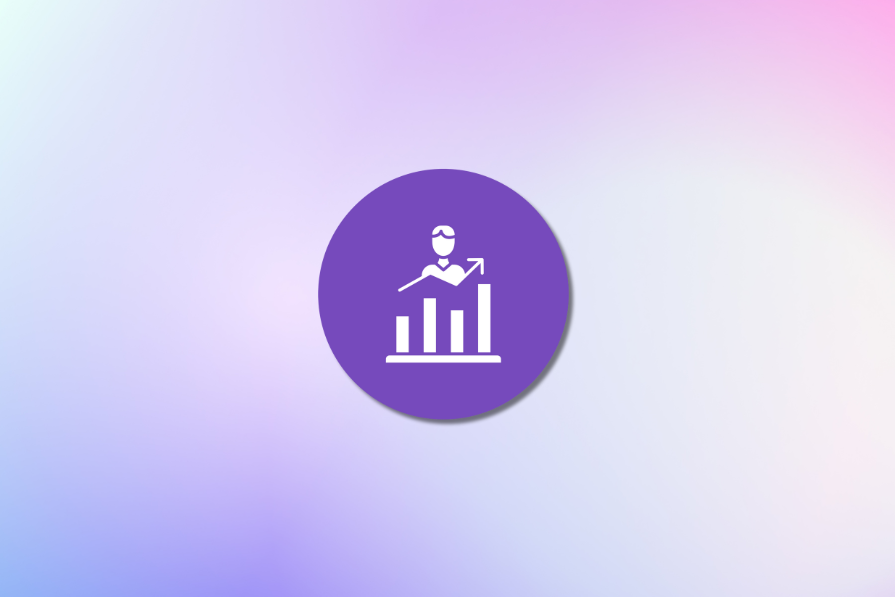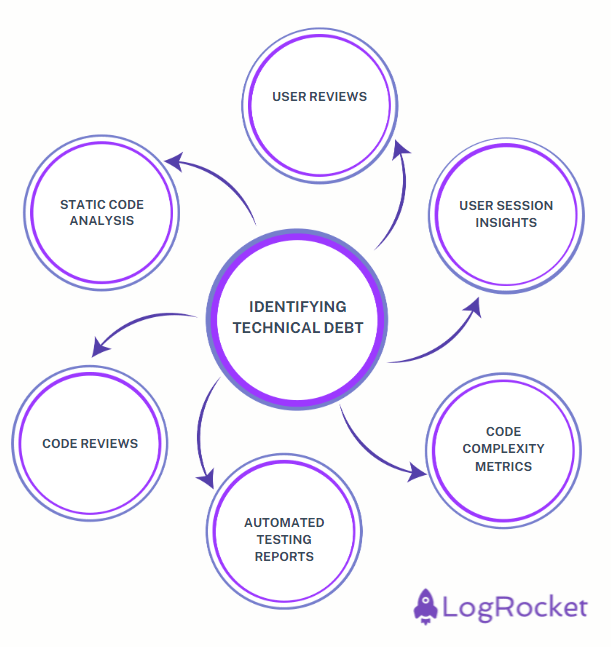
In product management, technical debt often extends beyond mere code quality issues. And managing this technical debt is crucial for maintaining a healthy codebase and ensuring long-term project success. Its effective management can significantly improve development efficiency and product reliability.
Every product manager should develop a deep understanding of managing technical debt. It sets the baseline for teams to boost their agility in the long run.
In this article, I’ll share strategies and best practices for identifying, analyzing, and addressing technical debt. I will also analyze some techniques for integrating these tasks into your development process.
The first step is to identify technical debt within a codebase.
Developers are usually the ones who can pinpoint areas of the code that require attention. But, a good PM would be aware of the basic ideas of these tools to make more informed strategic decisions when it comes to technical debt. Once insights are generated, product managers can guide the team to prioritize the efforts accordingly.
I’ll list out the most essential tools a PM can use to identify a technical debt:
 Beyond using these code testing tools, as a product manager, you should maintain communication with teams to act proactively. A proactive approach lets teams address problems promptly. It leads to better product recovery in a quicker time.
Beyond using these code testing tools, as a product manager, you should maintain communication with teams to act proactively. A proactive approach lets teams address problems promptly. It leads to better product recovery in a quicker time.
Netflix is a prime example of a company that faced significant technical debt while scaling its services. Initially, it was built as a monolithic application, but over time, due to high user traffic, the scalability of monolithic architecture raised concerns.
Netflix switched to a microservice architecture and expanded due to rapid growth. Netflix was now able to clear the technical debt rapidly and push new features rapidly. The result was a more scalable, resilient, and flexible system.
For effective project management, evaluating the risk of technical debt compared to new feature development is important.
Development teams must balance maintaining a healthy codebase and delivering new functionalities. It is the only way to ensure long-term project success and maximize growth. Here are a few steps to take:
As a product manager, you must regularly evaluate technical debt’s risk and impact. With a solid strategy, teams can act on informed decisions that optimize resource allocation.
I’ll now share how you can integrate some common agile practices to manage technical debt. This will help your team address issues systematically and efficiently.
The most common approach is to clear technical debt in specific sprints. Combining technical debt effort with new development often leads to further delays.
However, there are certain pitfalls that product managers need to be aware of to manage technical debt. PMs tend to ignore technical debt entirely. And when they’re aware, they risk underestimating the impact of the technical debt, prioritizing features over debt, inconsistently tracking the debt, and delaying decision-making.
To tackle these pitfalls, product managers should adopt a mixed approach where they attempt to resolve technical debt without compromising the innovation. I’ll share my personal best practices that will help you attain this:
Agile practices are a great way to address debt in a systematic and timely manner.
Technical debt management requires the support of non-technical stakeholders. To this end, product managers should aim to build a strong business case. It should highlight the impact of technical debt on performance, security, and long-term costs.
Use metrics to present data.
Metrics indicate how technical debt leads to increased bug rates and slower release cycles. Also, try to demonstrate the return on investment. An easy way to do this is by showing how addressing technical debt leads to improved efficiency (specific to your product).
For instance, you could generate a report on how technical debt clearance resulted in 30% time savings while deploying new features. Or if the team refactored a poorly written module, it now results in 20% fewer front-end errors.
Transparency is equally important as well.
Provide regular updates on the status of technical debt using simple and clear reports. Utilize visual aids, such as dashboards, to illustrate technical debt levels and progress. Maintain open communication lines to allow stakeholders to ask questions and understand the technical debt landscape.
Now that you have all the theory about technical debt, let’s get our hands in.
I’ll list some conceptual tools, which, combined with well-crafted strategies, form the ideal approach to resolving unresolved bugs and issues. These methods will not only help maintain a high-quality codebase but also prevent the accumulation of new debt.
Product managers can use the RICE framework (reach, impact, confidence, effort) to evaluate each technical debt item.
Your RICE assessment will be based on how many users will be affected by the technical debt (reach), the potential positive impact on the product (impact), the confidence level in your estimates (confidence), and the amount of effort required to address it (effort).
MosCoW prioritization (must-have, should-have, could-have, won’t-have) is another helpful tool for product managers. It assesses each technical debt item based on urgency and importance. It will help you sort the technical debt and give you a clear idea about which items will give the best return on time invested.
Test-driven development ensures that new code changes do not introduce bugs or regressions — instead, they facilitate frequent, reliable deployments. Product managers can review testing reports to gather insights for decision-making.
Regular peer evaluations should be conducted to identify potential issues early. When the issues are identified, use any of the above-mentioned frameworks to prioritize and take action.
Improve the codebase by simplifying complex code. It should be done in phases or units. After refactoring, generate performance reports and review them. It will guide you in taking further steps.
A strategic approach is always the best bet to deal with technical debt. The first step is to identify and assess technical debt within the codebase. The second step is to prioritize and address the debt systematically. Lastly, you should continuously monitor and improve code performance. \
The following key pointers will prove useful for daily reference:
Maintaining a healthy codebase is crucial to minimize resource wastage. It should be part of the product strategy from the get-go. Prevention is always more efficient than management.

LogRocket identifies friction points in the user experience so you can make informed decisions about product and design changes that must happen to hit your goals.
With LogRocket, you can understand the scope of the issues affecting your product and prioritize the changes that need to be made. LogRocket simplifies workflows by allowing Engineering, Product, UX, and Design teams to work from the same data as you, eliminating any confusion about what needs to be done.
Get your teams on the same page — try LogRocket today.

A practical five minute revenue estimation method to help product managers compare ideas, drop low impact features, and prioritize smarter.

A practical guide for PMs who want to stop being bottlenecks, delegate smarter, and lead teams effectively with a clear ownership framework.

Stop letting unreliable data block features. Treat data as inventory to track quality, ownership, and ship with confidence.

Learn why slide decks slow teams down and explore better tools like whiteboards, PRDs, and prototypes to improve collaboration and alignment.